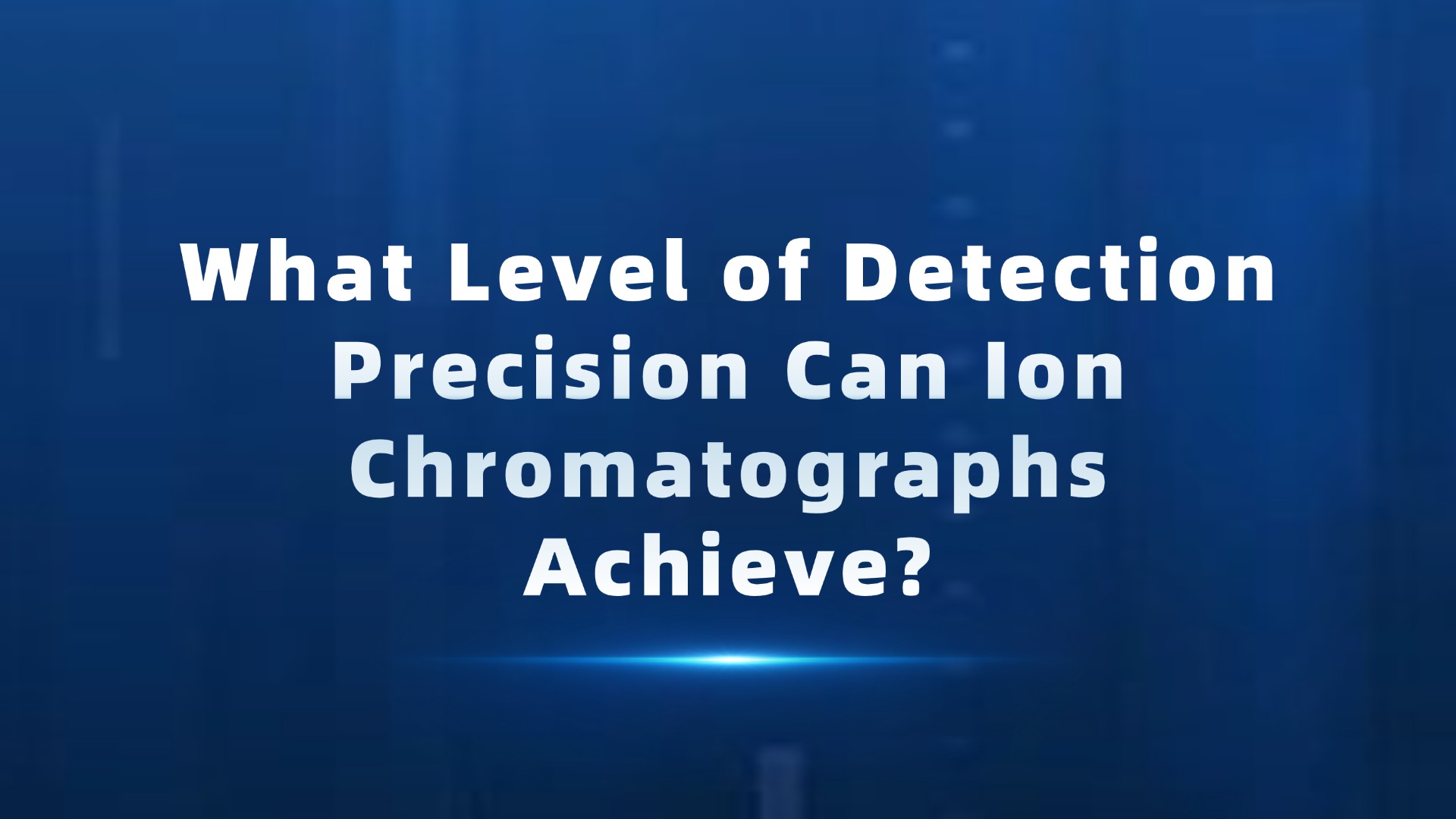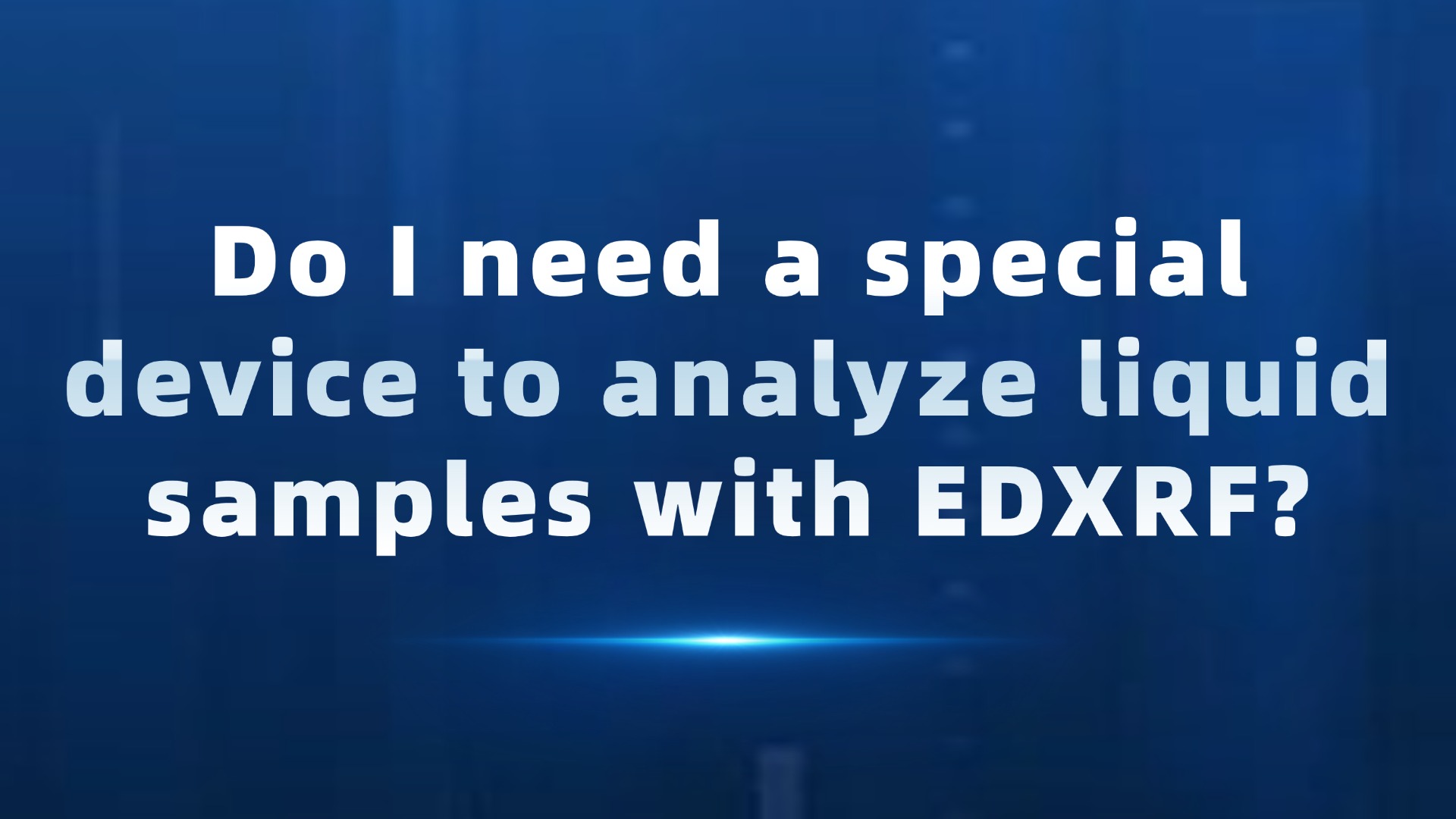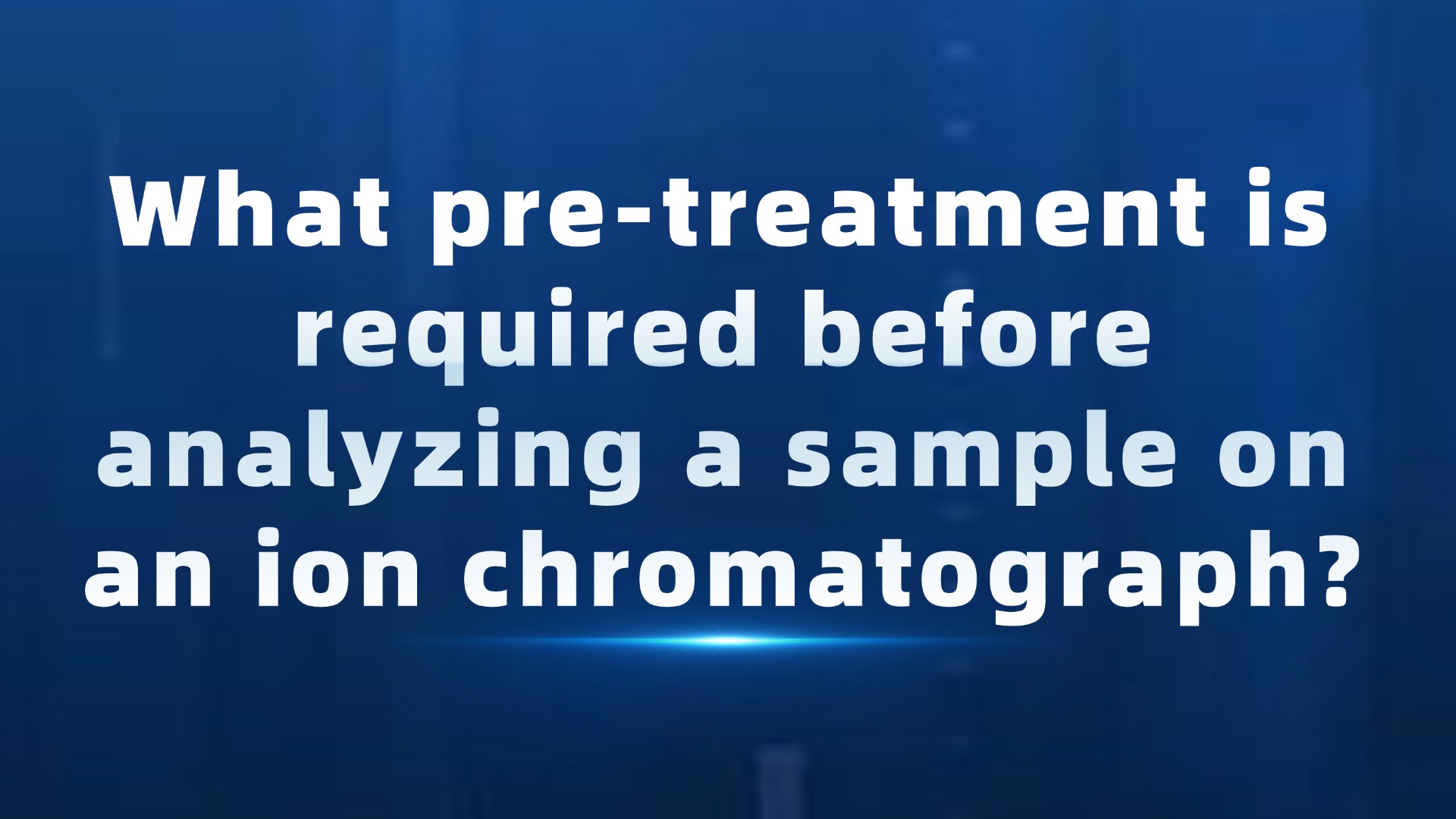As an efficient and precise detection tool, halogen testers play a crucial role in the electronics industry. So, which specific products can halogen testers detect for halogens? This article will provide a detailed answer for you.
Halogens refer to fluorine (F), chlorine (Cl), bromine (Br), iodine (I), and astatine (At) in the periodic table. In the electronics industry, chlorine and bromine are the most common halogens, typically existing in the form of compounds in materials such as plastics, flame retardants, and solvents. Although halogens play an important role in certain applications (e.g., flame retardancy), they may produce toxic substances (such as dioxins) during combustion or waste treatment, posing risks to the environment and human health.
Therefore, international standards (such as RoHS and IEC 61249-2-21) impose strict limits on halogen content in electronic products, usually requiring that the total content of chlorine and bromine does not exceed 900 ppm, and the individual content does not exceed 1500 ppm.
Halogen testers typically use ion chromatography (IC) or X-ray fluorescence spectroscopy (XRF) for detection:
The sample is dissolved, and halogen ions are separated and quantitatively analyzed using a chromatographic column and detector.
Advantages: High precision, suitable for detecting low levels of halogens.
The sample is irradiated with X-rays, exciting halogen atoms in the sample, and the characteristic X-rays emitted are detected to determine halogen content.
Advantages: Fast, non-destructive, and suitable for on-site testing.
Halogen testers are widely used in the electronics industry for testing the following products and materials:
PCBs are the core components of electronic devices, and their substrates and solder masks may contain halogen compounds (e.g., brominated flame retardants).
Halogen testers can detect chlorine and bromine content in PCBs to ensure compliance with environmental standards.
Plastic parts such as housings and connectors in electronic devices often contain halogenated flame retardants (e.g., polybrominated diphenyl ethers, PBDEs).
Halogen testers can quickly screen these materials for halogen content to avoid exceeding limits.
The insulation layers of cables and wires may contain halogenated flame retardants or plasticizers.
Halogen testers can ensure that cable materials comply with environmental regulations such as RoHS.
Semiconductor packaging materials and certain electronic components may contain halogen compounds.
Halogen testers can detect halogen content in these materials to ensure their safety and environmental compliance.
Adhesives and coatings used in electronic manufacturing may contain halogenated solvents or additives.
Halogen testers can help companies screen environmentally friendly materials and reduce environmental risks.
Electrolytes, housings, and other materials in batteries and power modules may contain halogens.
Halogen testers can detect halogen content in these materials to ensure product compliance with environmental requirements.
High Precision: Capable of detecting halogen content at ppm levels, meeting strict environmental standards.
Rapid Testing: Technologies such as XRF can complete tests in minutes, improving production efficiency.
Non-Destructive Testing: Some technologies (e.g., XRF) do not damage samples, making them suitable for finished product testing.
Multi-Element Detection: Can simultaneously detect multiple halogens such as chlorine and bromine, enhancing testing efficiency.
With the continuous upgrading of environmental regulations and the rapid development of the electronics industry, halogen testing technology is also advancing:
Higher Sensitivity: Developing more sensitive detection methods to meet lower threshold requirements.
Intelligent Testing: Integrating artificial intelligence and big data technologies for automated analysis and result interpretation.
Portable Devices: Developing portable halogen testers to meet the needs of on-site rapid testing.




